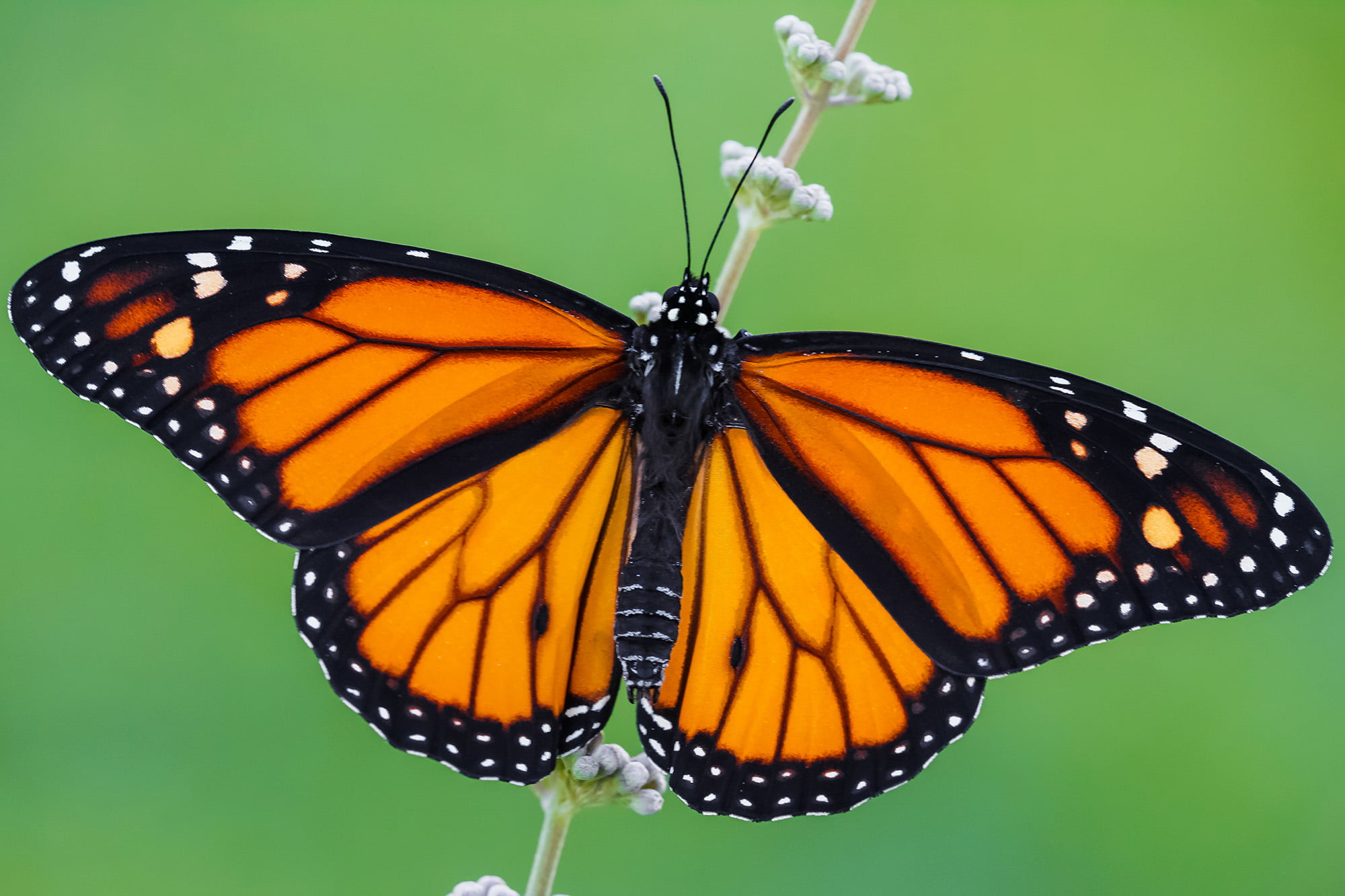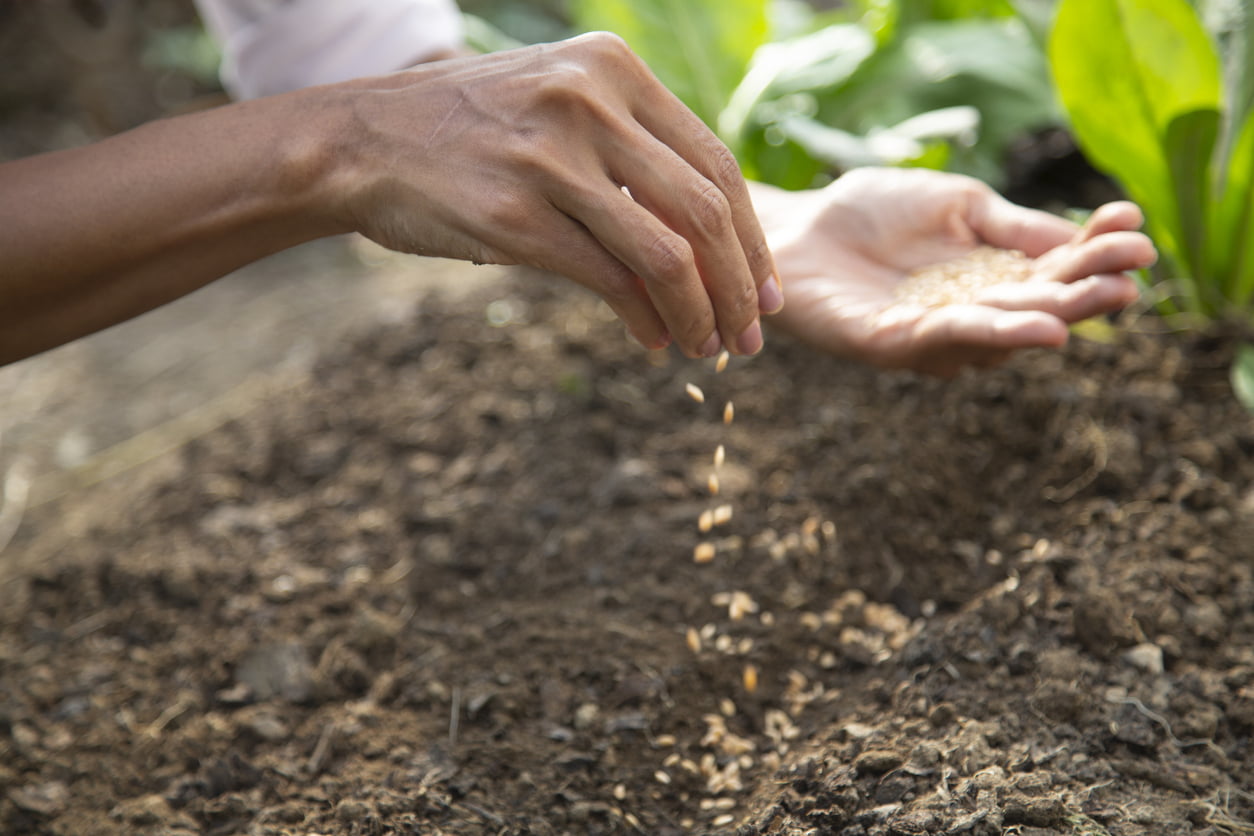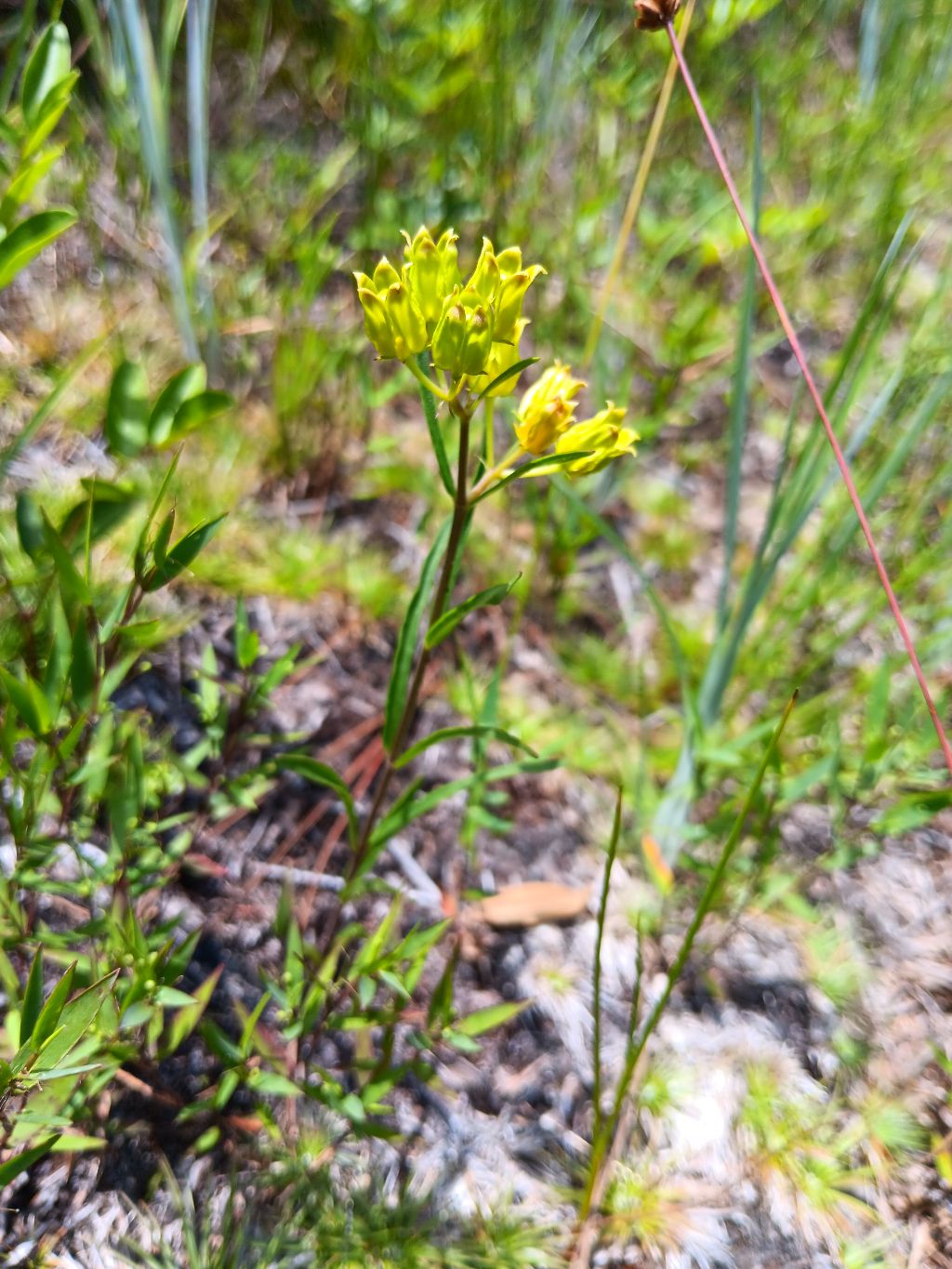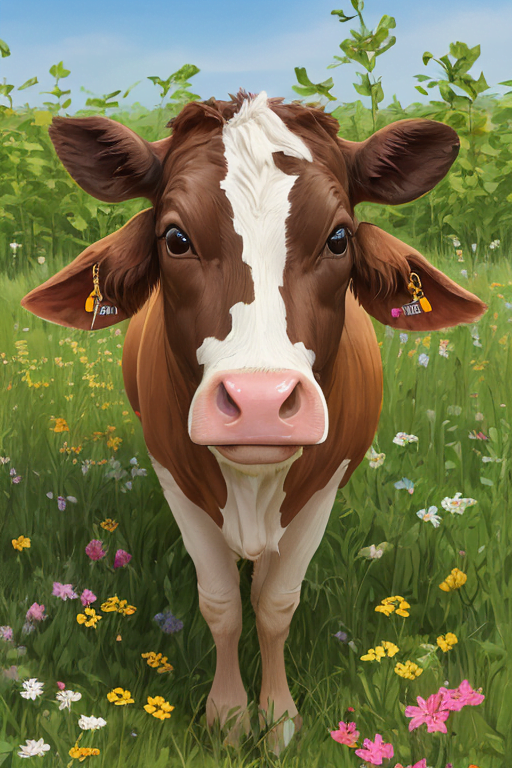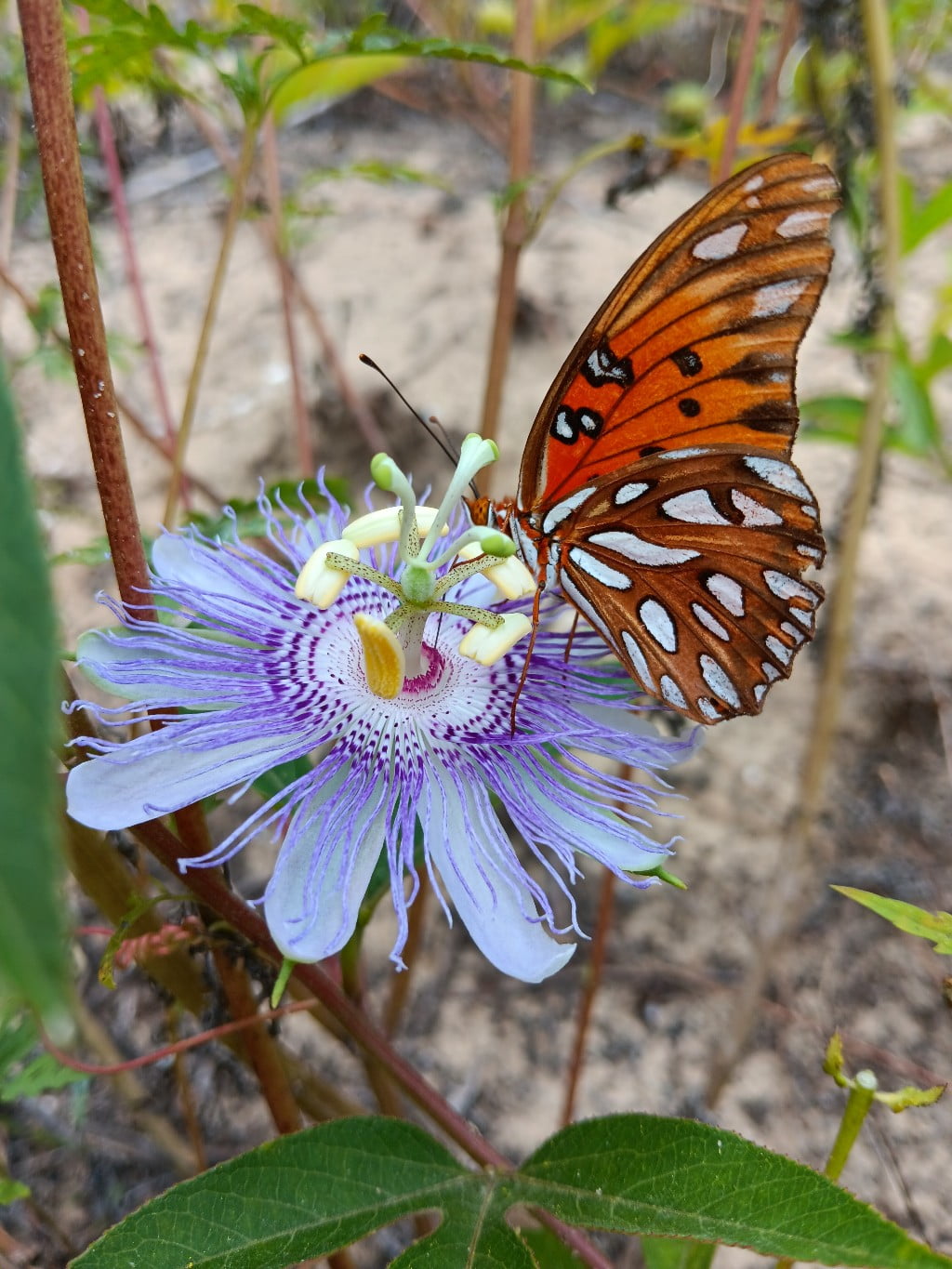The Monarch’s plight is emblematic of broader environmental challenges and is a call to action for preserving biodiversity and ecological balance… one day at a time!
Brush-footed Butterflies (Nymphalidae)
Brush-footed Butterflies include Monarchs, Emperors, Admirals, Tortoiseshells, and Fritillaries, and nearly 6000 other species.
Plant More Milkweed
Plant More Milkweed—even just scattering seeds in suitable locations—is a simple yet powerful action that can have profound ecological benefits.
Savannah Milkweed (Asclepias pedicellata): An Overview
Savannah Milkweed (Asclepias pedicellata) is an essential component of the southeastern United States’ natural heritage.
The Dazzling Dancing Danaus Plexippus
They dance through day and into night,
Wisconsin Milkweed Species
Turns out, while it doesn’t make cheese, and it’s not a weed, Milkweed is a favorite among Monarch Butterflies and can be found all across Wisconsin’s pastures, prairies, and forests.
Symbolism of the Monarch Butterfly
The Monarch butterfly is rich in symbolism and has been associated with various meanings across different cultures and contexts.
Gulf Fritillary: A Spotlight on Maypop Purple Passionvine
The Gulf Fritillary’s existence is intimately connected to the genus Passiflora and particularly the Maypop Purple Passionvine.
No Milkweed Plants, No Monarch Butterflies
Monarch butterflies lay eggs only on Milkweed plants. Baby caterpillars hatch and eat only Milkweed. The Milkweed helps them grow. When they are big, they turn into butterflies. Then they lay eggs on Milkweed too. It keeps going like this. No Milkweed, no Monarchs. Buy Milkweed Now:
